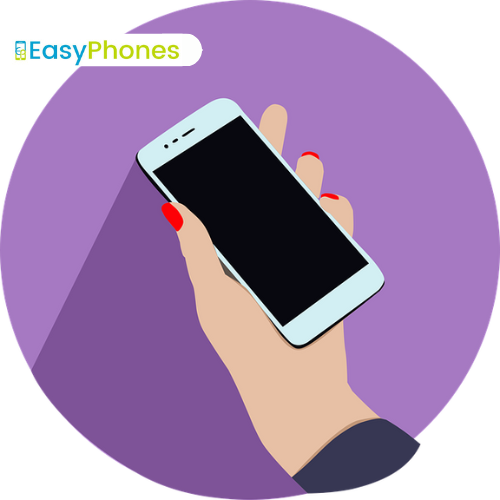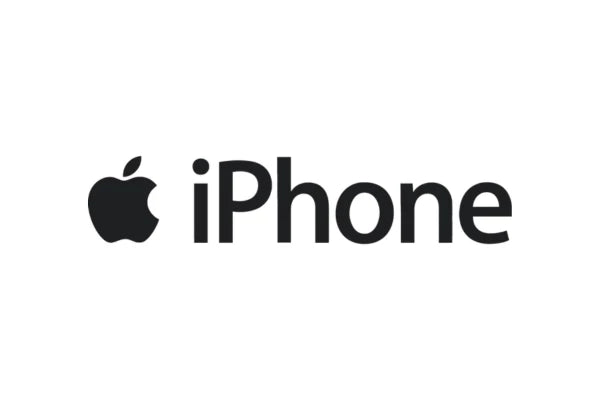
EasyPhones Guide to Smartphone Ergonomics: Designing for Comfort
Share
Welcome to EasyPhones comprehensive guide to smartphone ergonomics, where we explore the importance of ergonomic design in creating comfortable and user-friendly smartphones. In this article, we'll delve into the principles of ergonomic design, discuss common ergonomic features found in smartphones, and provide practical tips for maximizing comfort and usability. Whether you're a casual smartphone user or a tech enthusiast, understanding smartphone ergonomics can enhance your overall experience and reduce the risk of discomfort or injury. Let's dive in and discover how EasyPhones prioritizes ergonomic design to create devices that fit seamlessly into your lifestyle.
Smartphone ergonomics refers to the study of how smartphones are designed to fit comfortably in the hand and promote natural movements during use. As smartphones have become essential tools for communication, productivity, and entertainment, ergonomic design has become increasingly important in ensuring that users can interact with their devices comfortably and safely. At EasyPhones, we prioritize ergonomic design to create devices that are both functional and comfortable for users of all ages and abilities.
Principles of Ergonomic Design
- Comfort: Ergonomic design aims to prioritize user comfort by considering factors such as device size, weight distribution, and grip support. A comfortable smartphone reduces strain on the hands and wrists during prolonged use.
- Accessibility: Ergonomic design also focuses on accessibility, ensuring that smartphones are easy to hold, navigate, and operate for users with varying hand sizes and dexterity levels.
- Safety: Safety is a crucial aspect of ergonomic design, with features such as rounded edges, non-slip materials, and durable construction helping to prevent accidental drops and injuries.
Common Ergonomic Features
- Curved Edges: Many smartphones feature curved edges and contoured surfaces that fit comfortably in the palm of the hand, reducing pressure points and enhancing grip stability.
- Textured Backs: Textured or matte finishes on the back of smartphones provide additional grip and prevent slipping, especially when holding the device with one hand.
- Optimized Button Placement: Ergonomically designed smartphones feature strategically placed buttons and controls that are easy to reach and operate without stretching or straining.
- One-Handed Mode: Some smartphones offer a one-handed mode feature that reduces the size of the screen interface, making it easier to navigate and use the device with one hand.
Tips for Maximizing Comfort
- Use a Case: Invest in a protective case that offers cushioning and grip support, reducing the risk of drops and providing added comfort during extended use.
- Adjust Display Settings: Customize display settings such as brightness, font size, and color temperature to reduce eye strain and improve readability in different lighting conditions.
- Take Breaks: Take regular breaks during prolonged smartphone use to stretch your hands and wrists, preventing fatigue and discomfort.
- Practice Good Posture: Maintain good posture while using your smartphone by holding it at eye level and avoiding awkward hand positions that can strain the neck and shoulders.
Conclusion
By prioritizing ergonomic design principles, EasyPhones creates smartphones that prioritize user comfort, accessibility, and safety. From curved edges and textured backs to optimized button placement and one-handed mode features, our devices are designed to fit seamlessly into your lifestyle while minimizing the risk of discomfort or injury. By understanding the importance of smartphone ergonomics and implementing practical tips for maximizing comfort, you can enjoy a more comfortable and enjoyable smartphone experience.
FAQs
Q: What is the benefit of using an ergonomic smartphone case?
A: An ergonomic smartphone case provides cushioning and grip support, reducing the risk of drops and enhancing comfort during use.
Q: How can I access one-handed mode on my smartphone?
A: One-handed mode can typically be accessed through the device's settings menu or by enabling a shortcut gesture on the touchscreen.
Q: Are larger smartphones less ergonomic than smaller ones?
A: Not necessarily. Larger smartphones can still be ergonomic if they feature curved edges, optimized button placement, and other ergonomic design elements.
Q: Can ergonomic design help prevent smartphone-related injuries?
A: Yes, ergonomic design aims to reduce strain on the hands, wrists, and neck, minimizing the risk of discomfort and repetitive strain injuries associated with prolonged smartphone use.
Q: Are EasyPhones devices suitable for users with disabilities or limited mobility?
A: Yes, EasyPhones devices are designed with accessibility in mind, featuring ergonomic design elements that cater to users of all abilities.



